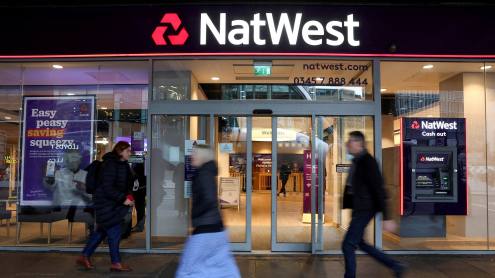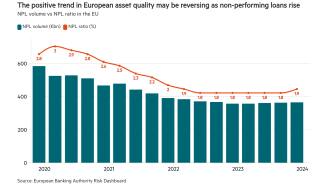According to the Commission de Surveillance du Secteur Financier (CSSF), the financial sector regulator, 26,140 people were employed in the banking sector in 2007, close to one-fifth of the working population. At the end of the first quarter of 2008, 156 banks were registered on the official list, the vast majority subsidiaries of larger international banks from other European countries with a few from further afield. Germany has the largest representation with 43 banks, followed by Belgium/Luxembourg with 21, France 15 and Italy and Switzerland with 13 each.
The appeal of Luxembourg is its advantageous legal and fiscal framework, tight banking secrecy, technological infrastructure and geographical location. The banks focus on cross-border business, private banking, asset management, fund administration and interbank markets.
Banking assets in 2007, according to CSSF statistics totalled €915.445bn of which loans and advances to credit institutions accounted for 48.7% and those to customers a further 21.3%. Amounts owed to credit institutions totalled 48% of liabilities and customer deposits accounted for 33.1%.
The largest domestic banks include state-owned Banque et Caisse d’Epargne de l’Etat, Luxembourg, the co-operative bank Banque Raiffeisen and the state-owned credit institution Société National de Crédit et d’Investissement. Other players in the domestic market are Fortis Banque Luxembourg, Dexia Banque Internationale á Luxembourg (Dexia BIL), ING Luxembourg, and Kredietbank SA Luxembourgeoise, all owned by Belgian or Dutch banks. Banque et Caisse d’Epargne, Dexia BIL and Fortis dominate the domestic banking market.











